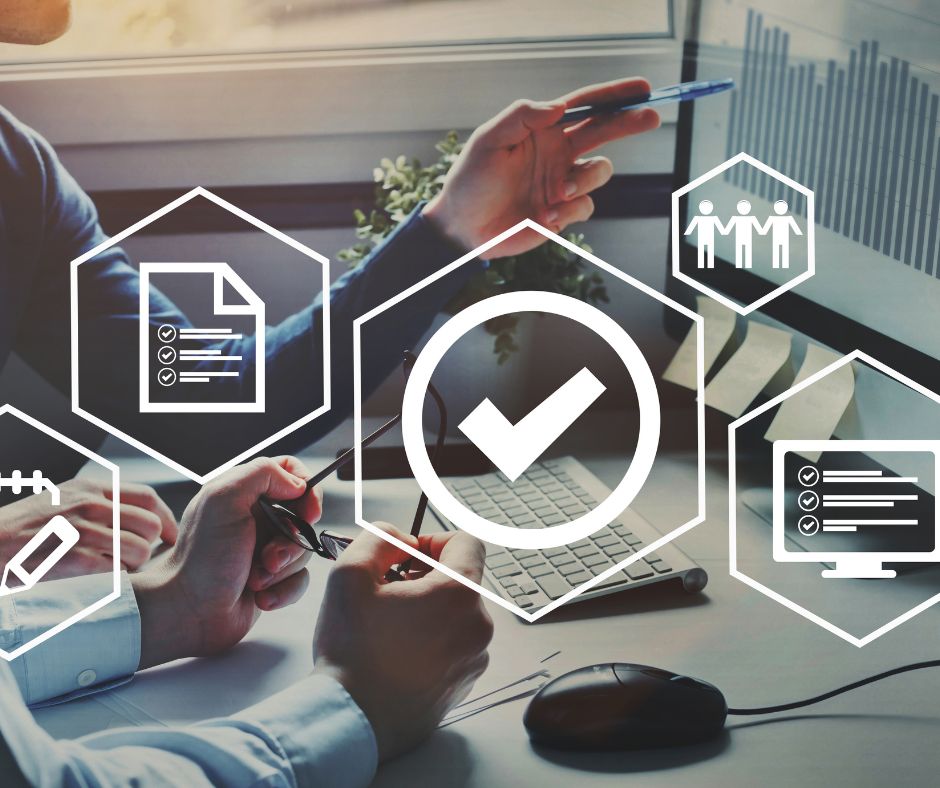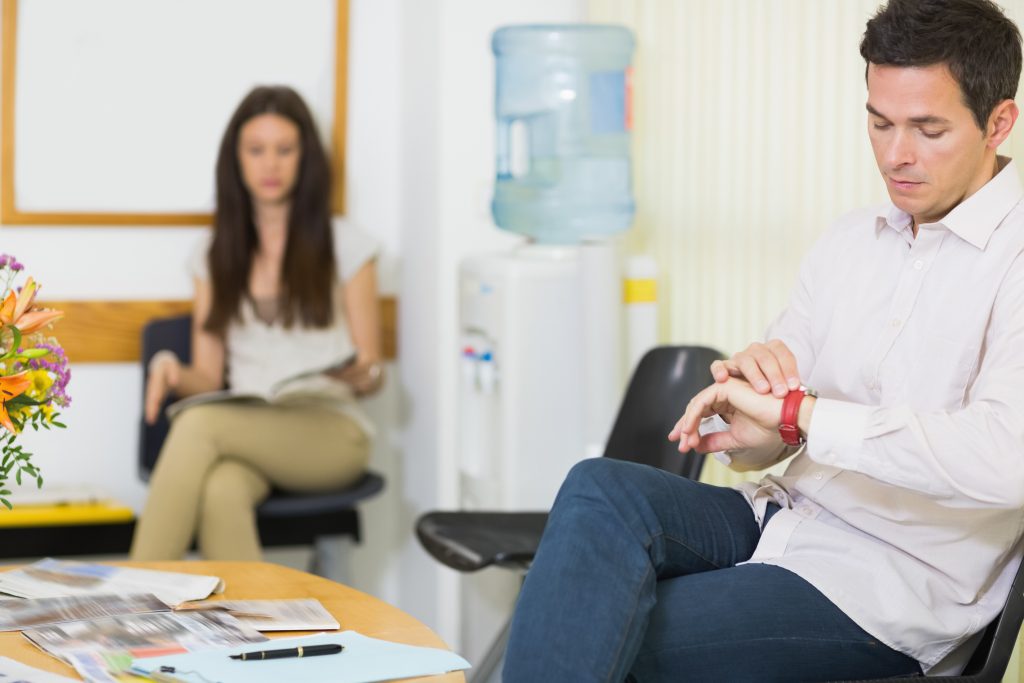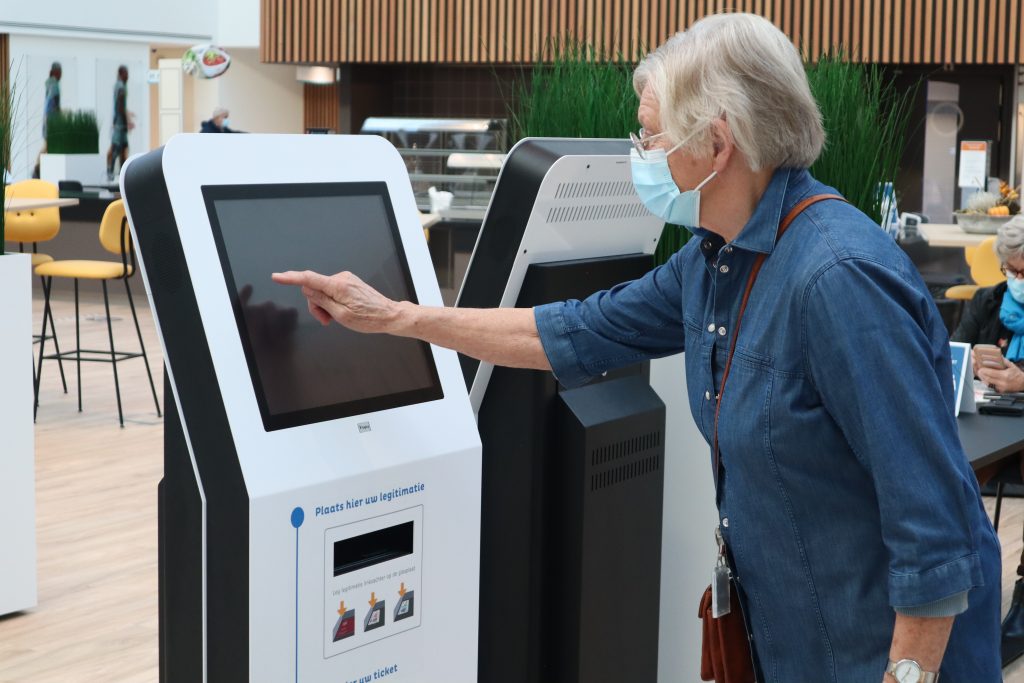Digital process acceleration in healthcare
The year 2020 was special and brought about many unfamiliar experiences for all. Covid-19 certainly resulted in a major shift in perspective concerning just about everything considered normal up to that point. Besides the profound suffering in, and overload on the healthcare sector, some positive things also happened. One thing is certain: the digitisation and accompanying process optimisation accelerated enormously. In the year ahead, 2021, this implies further acceleration of the innovations that have already been implemented. In that regard, Logis.P is primarily focused on continuing the optimisation of the patient journey; the process from making an appointment at home up to and including returning home. From within that framework, I can see the following optimisation trends:
- Webrtc: Thanks to the implementation of Webrtc - communication via web applications - healthcare providers are now able to communicate more effectively with their patients. Patients can now also independently make or change appointments on websites. In addition, they can also go to the website and call the appropriate department with their questions or make an appointment by simply clicking on a ‘click to dial’ button, instead of having to rely on long, user-unfriendly menu options.
- Smartphone: Logis.P has been involved in the process of enabling customer notification via mobile websites for years. We send notifications of appointments and, where necessary, other medical reminders via SMS. This has an enormously positive effect on no-show percentages. In 2021, it will also become increasingly possible to inform people at home about their journey to the hospital. This could even go as far as to include the route, traffic information, detours, entrances, building numbers, parking information and even payments. One the one hand, these innovations are still future prospects, but on the other hand, they are not actually that far away.
- Central waiting room: It is not really possible to completely prevent people from turning up too early or having to wait. A growing number of polyclinics and hospitals are introducing central waiting rooms where people can stay until they are called to the applicable departments. This makes it much more possible to effectively manage the visitor flow in a hospital. That obviously made it more viable to maintain the 1.5-metre distancing rule, and it also meant that it was not necessary to create waiting rooms in every available nook and cranny. Under normal circumstances, this allowed the waiting companions to enjoy a cup of coffee or a snack. It made waiting somewhat more pleasant and enhanced the hospitality experience.
- Just-In-Time Care:For most patients, waiting is probably the single most annoying aspect of visiting a polyclinic. And it’s even worse to sit around and wait for an appointment that never actually takes place. An enormous number of appointments had to be changed to keep things running during the Coronavirus year. This is understandable, but nevertheless annoying for both the supply and demand sides of the healthcare industry. Time management became a priority in this period because the number of patients simply had to be reduced. Thanks to the need for transparency and the increasingly improved connections between the primary processes, we can keep patients better informed about changes in time and location on the day of the appointment, as well as about confirming or cancelling appointments before the patient leaves home. Although this is obviously a ‘work in progress’, the close cooperation with the IT professionals at the hospitals under the current pressure means that we are rapidly getting better at it. This is pure gain, and we will make good use of it in the year ahead as well.
- Video-calling the doctor:The overall digital megatrend and obvious alternative for visiting the hospital in 2020: video calling. Everyone’s competency in the use of video communication underwent rapid acceleration in 2020. Although it was already in the air, the lock-down caused just about everyone to spend a great deal more time in front of the webcam. And we can be grateful that the technology was indeed sufficiently advanced to make it possible. We all started to use Team and Zoom to meet up. Not only professionals, but everyone, no matter how young or old. There was also a rapid acceleration in the number of telephone and video meetings in the healthcare industry. Logis.P also embraced video calling and started looking for ways of to incorporate these appointments in the patient journey. We believe that the flexibility created for both doctor and patient by means of video calling will continue to play a role in the future. A growing number of healthcare providers will therefore integrate those appointments with our systems in 2021.
Digitisation and innovation are extensive in the healthcare industry and bring about far-reaching efficiency. The Coronavirus pandemic has proven that this does not drive a wedge between therapist and patient. In fact, the contact between the therapist and the patient is actually enhanced by this technology. We stand for the optimal experience of the patient journey and will take further steps to improve it even more in 2021. With the knowledge that no one visits the hospital for fun, we have made it our mission to make things happen in collaboration with the providers. We wish everyone a more normal 2021 in which we will still be able to further optimise the implemented innovations.





